Black to the 80s! Wonder Woman 1984 (WW84), whose trailer debuts today, was shot entirely on film. WW84, directed by Patty Jenkins with cinematographer Matthew Jensen was shot on the ARRIFLEX 235, 435, Panaflex Millennium XL2, and the IMAX MSM 9802 with the Panavision Primo glass.
Patty Jenkins and Gal Gadot in Wonder Woman 1984. Picture credit: IMDB
Film cameras are alive and kicking
It seems that Wonder Woman 1984 (WW84) went back to the 80s, and I’m not talking about the plot, setting, and decoration, but regarding those film cameras. Filmmakers rejoiced to explore that film is being used in modern high-end production. It’s proof that the film look (the authentic film look), is still relevant to bestow that special and unique organic imagery. Production like this constitutes as evidence that you don’t need that large-format sensor nor ultra-high resolution to make it to the big screen. Sometimes, old film cameras with super 35mm are more than enough.
Explore the chart we created below, which you can find those cameras correctly being used on a variety of 2019’s top films and productions.
Pre-Oscar Camera Chart: The cameras behind 2019’s top films
The film cameras behind WW84
ARRIFLEX 235: ARRI’s final 35 mm
The ARRIFLEX 235 (2003) was ARRI’s last 35 mm film camera. Many considered it to be the most elegantly styled camera of all time, with its dolphin-shaped magazine and graceful ergonomic shape. The 235 was designed as a 35 mm MOS camera to be used handheld, on stabilizers, on rigs, and underwater. The ARRIFLEX was (and still is ) the ideal solution to grab unique and spontaneous angles. Furthermore, The camera was won the Academy of Motion Picture Arts and Sciences Scientific and Technical Award in 2006.
ARRIFLEX 235
ARRIFLEX 435: High speed super 35 film solution
The ARRIFLEX 435 came out in 1994 as a 35 mm MOS and high-speed camera to replace the 35 III. Its dual 3-pin pull-down claws and industry-standard double registration pins assured optical printer steadiness. Frame rates up to 150 fps could be combined with in-camera speed ramps utilizing a motorized mirror shutter, and the lens iris could be coupled to a control unit. TV commercials immediately embraced the technology of speed-iris-mirror shutter control, as agency creatives, directors and DPs unleashed spates of beautiful sequences exploring time and motion. The ARRIFLEX 435 has won the Academy of Motion Picture Arts and Sciences Scientific and Engineering Award in 1998.
ARRIFLEX 435
Panaflex Millennium XL2: Panavision’s final 35mm
The Millennium XL2 is the latest realization of Panavision’s history in 35mm film camera design. The Millennium XL2 has faster speeds, better video, improved ergonomics, and streamlined mechanics. This lightweight, sync-sound camera easily converts from studio mode to handheld or Steadicam mode. It is compatible with all Panavision 35mm film lenses (spherical and anamorphic) and all standard accessories. This camera also has a vast history of making modern feature films (blockbusters and independent).
PANAFLEX MILLENNIUM XL2 CAMERA
Panavision Primo: The glass behind WW84
The Wonder Woman 1984 was shot exclusively on the Panavision Primo lenses, which are characterized by their high contrast and veiling glare, and are designed for use with film and digital cameras. The goal here was to grant that vintage look to the film. These glasses, paired with the 435 and 235, was a decent combination to allow that 80s imagery.
Panavision Primo Lenses
Check out the WW84 trailer below. BTW that extraordinary 80s soundtrack was composed by Hans Zimmer 🙂

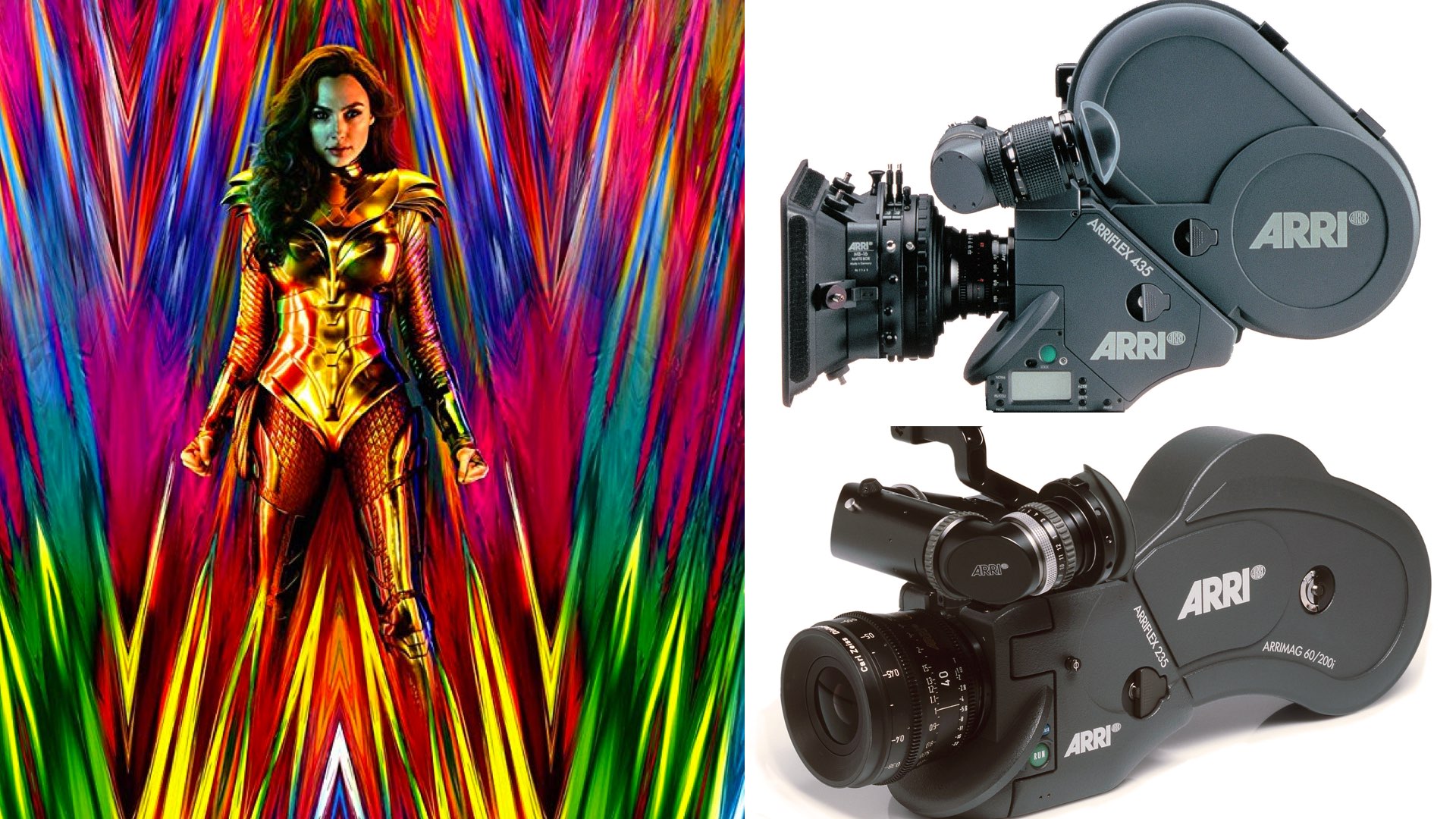
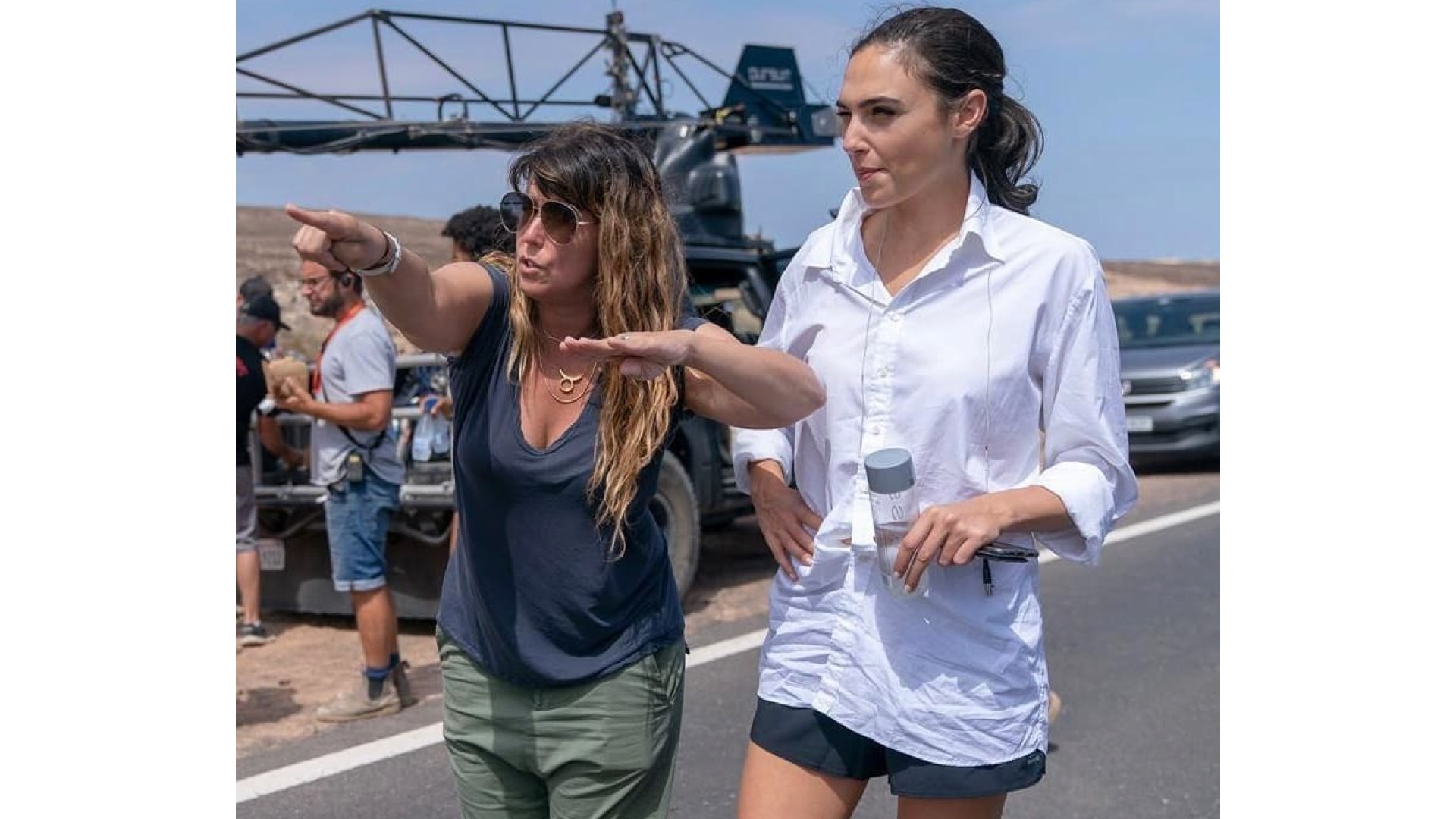
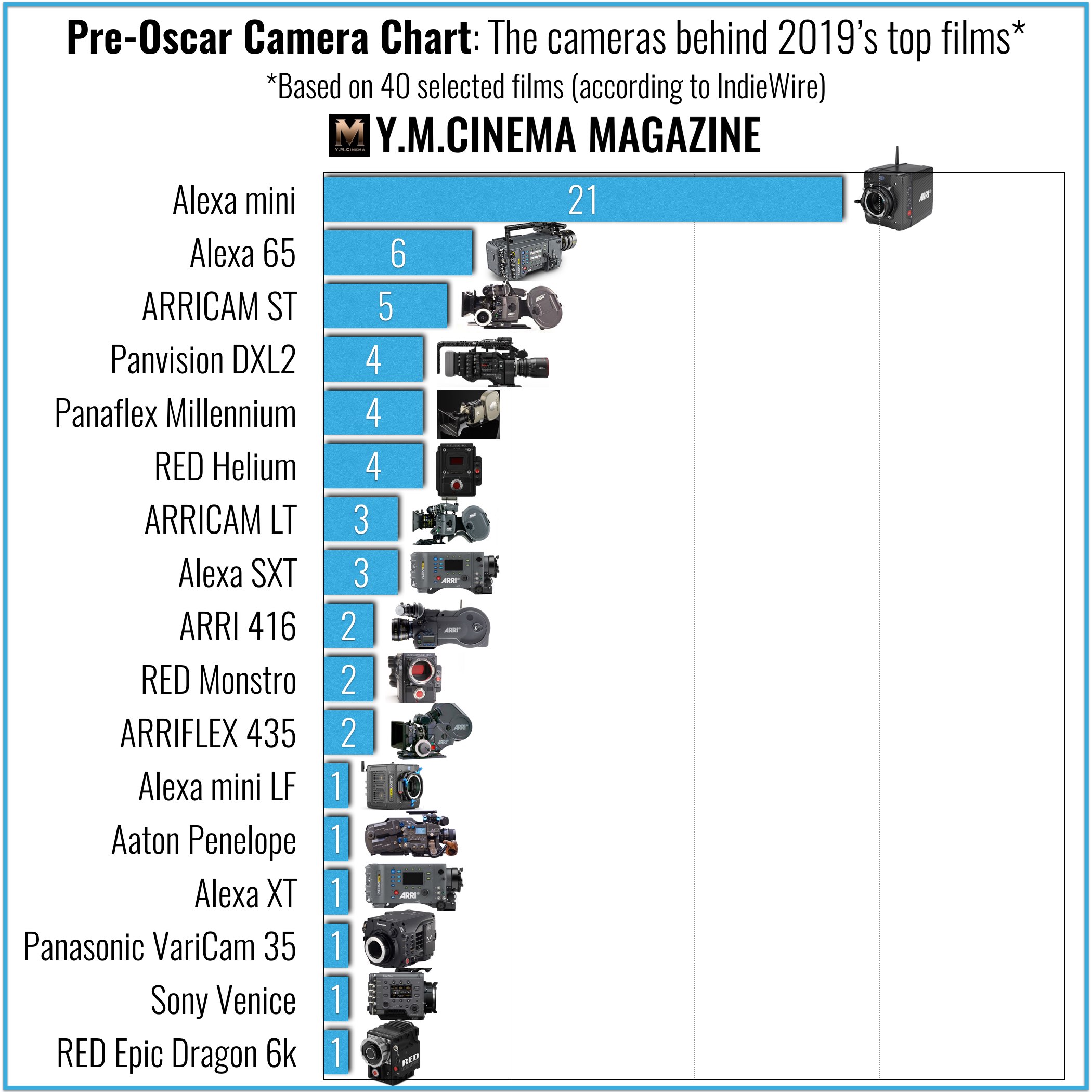
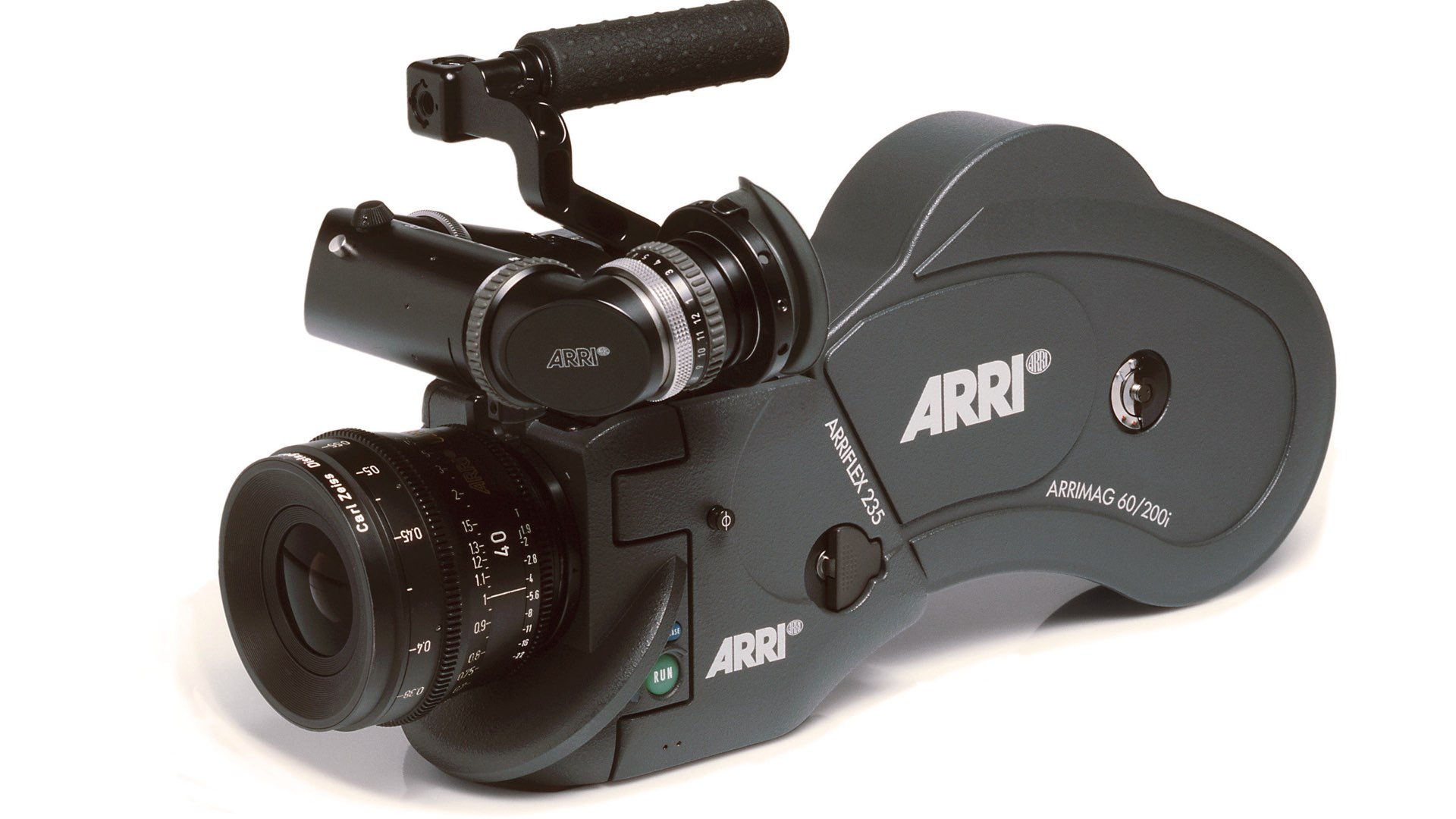
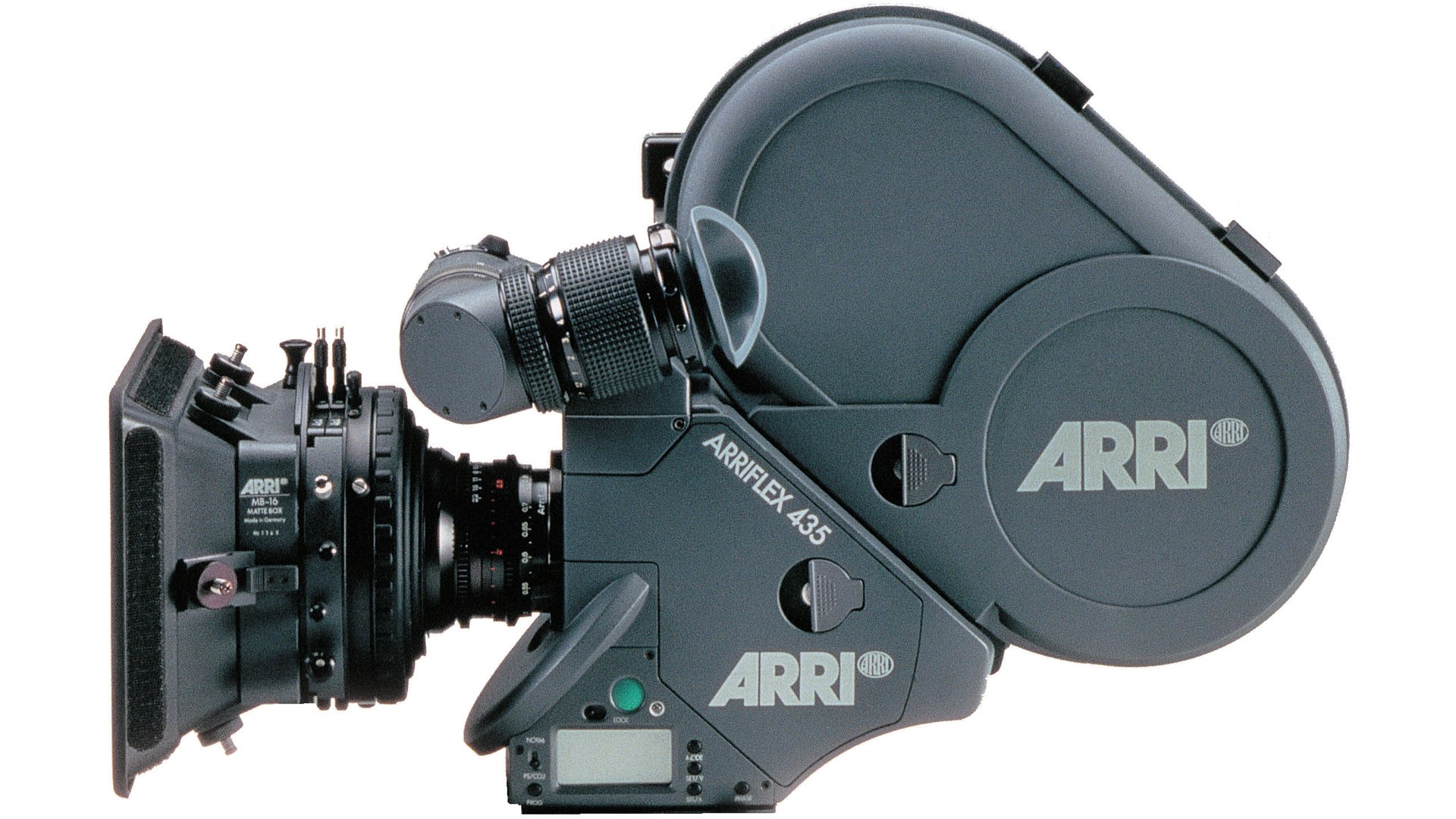
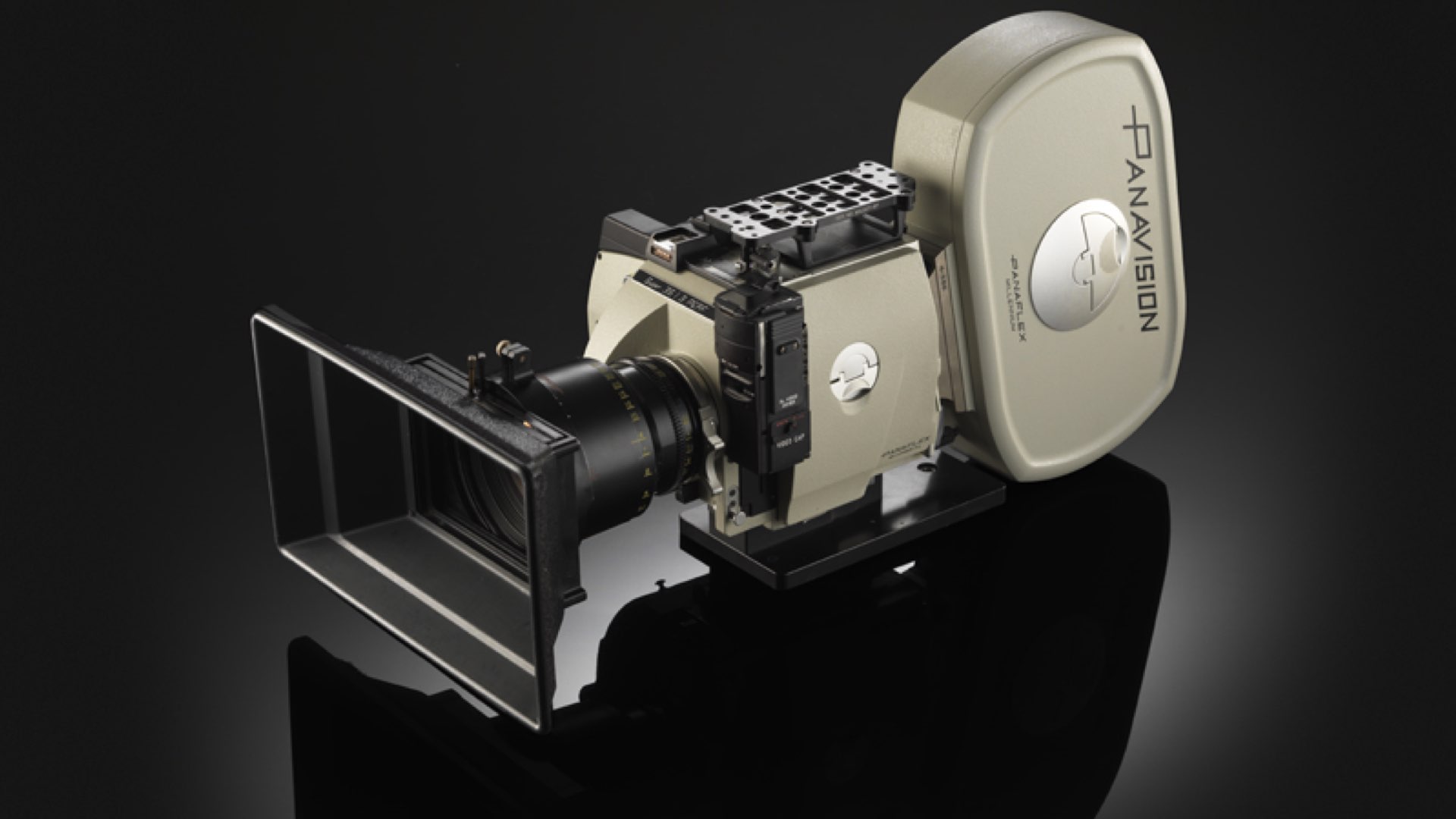
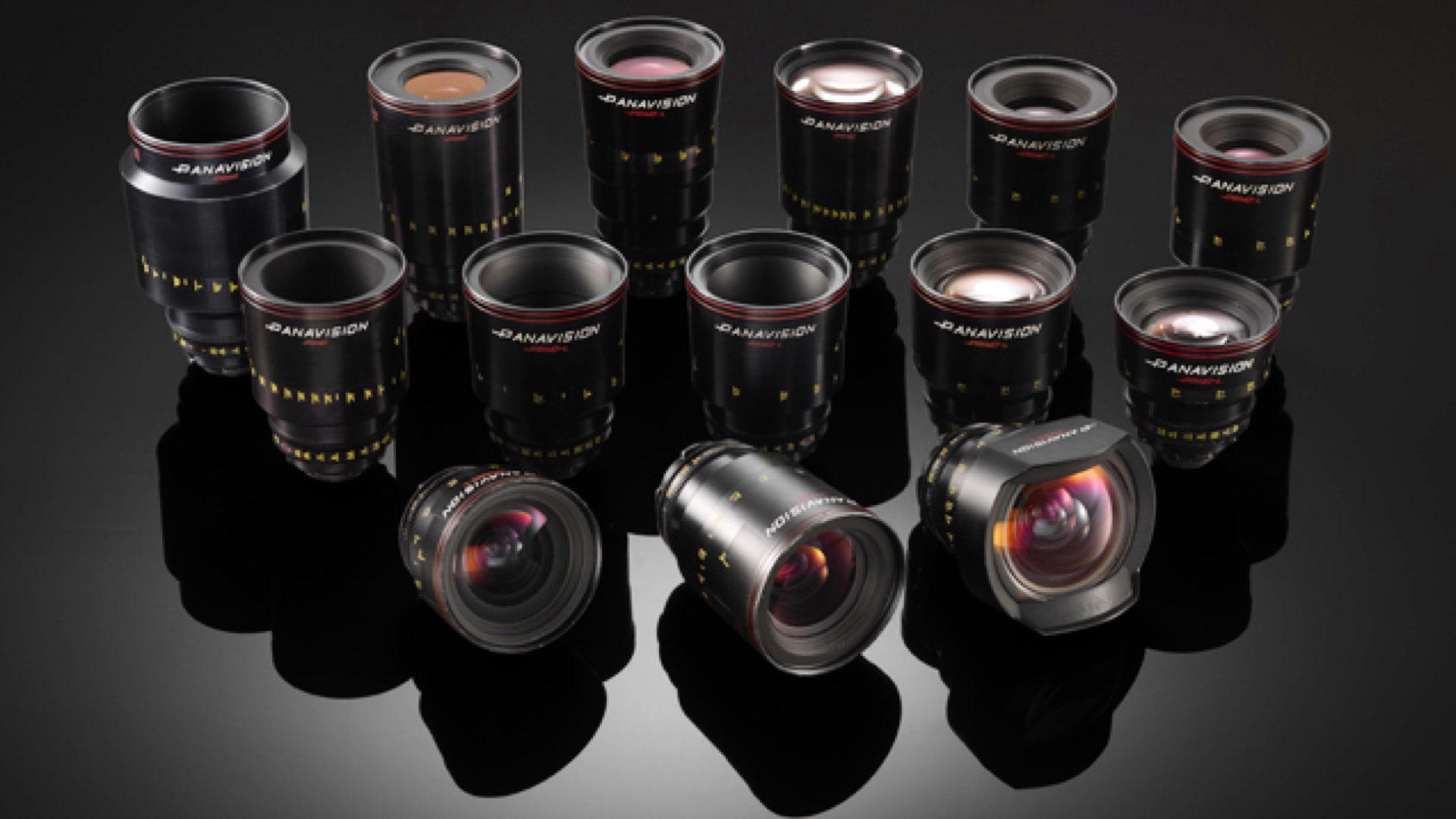
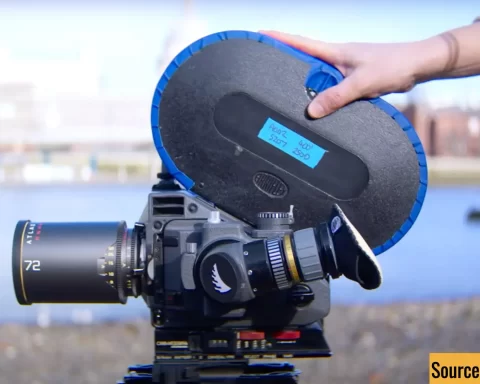
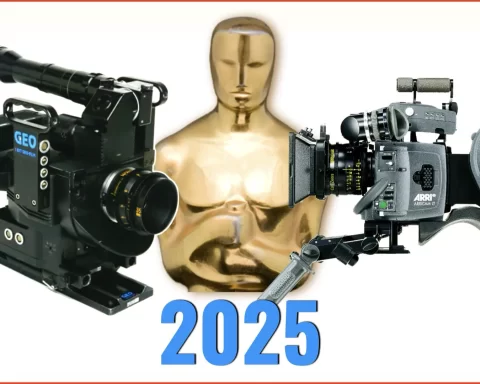
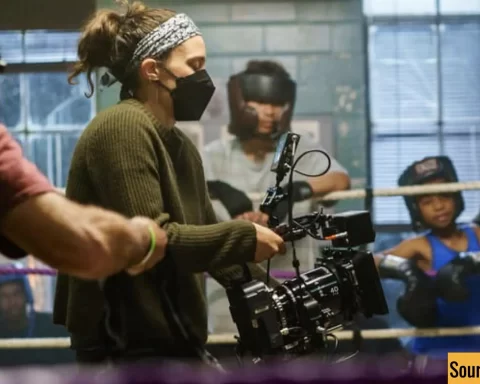
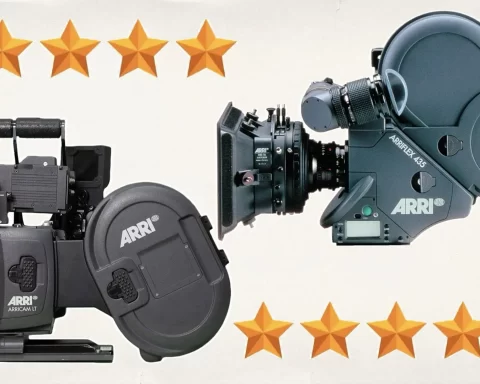
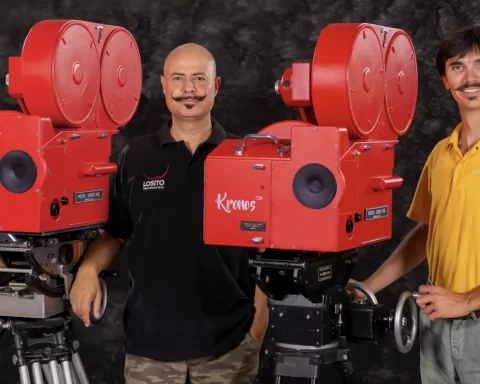
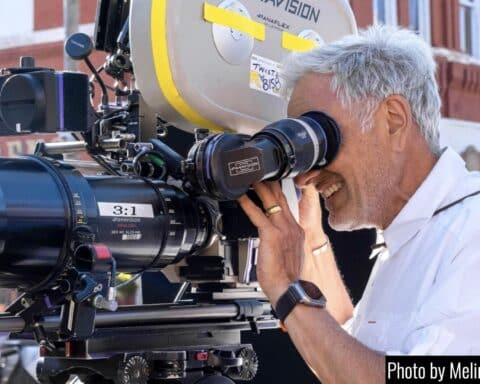

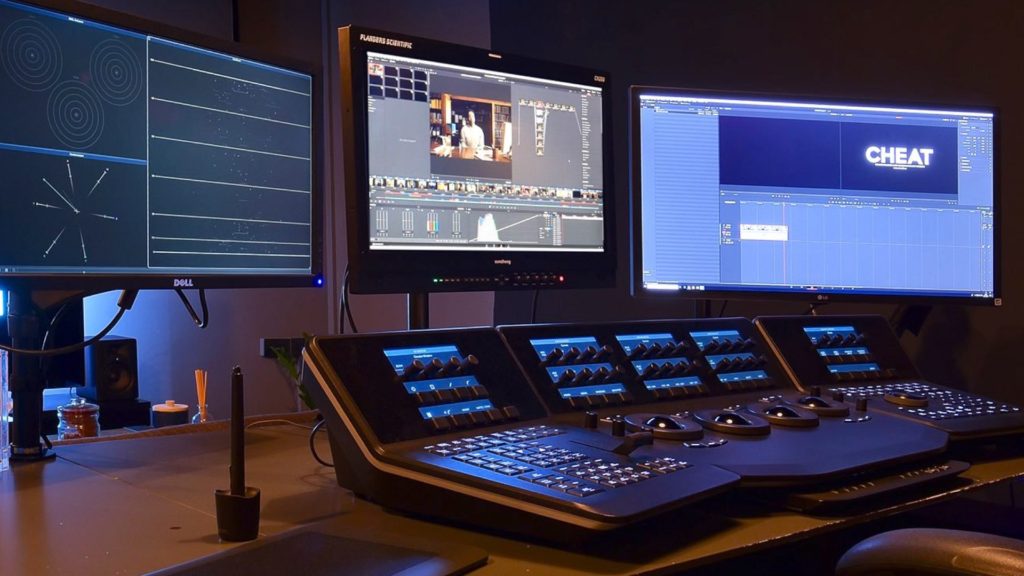

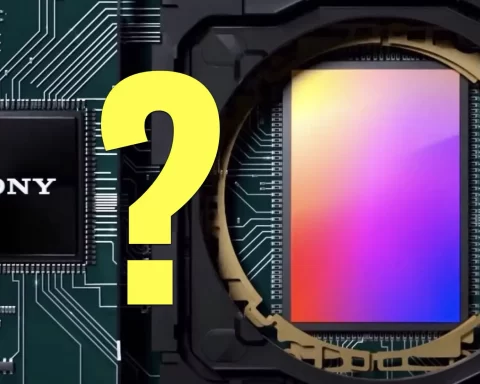
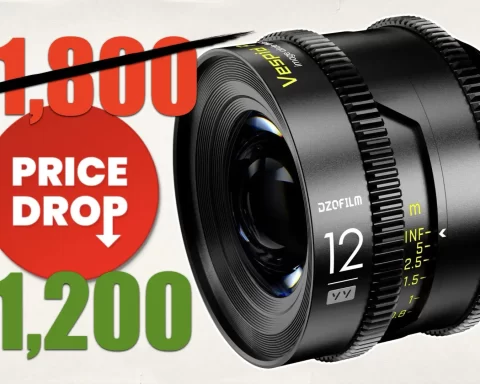

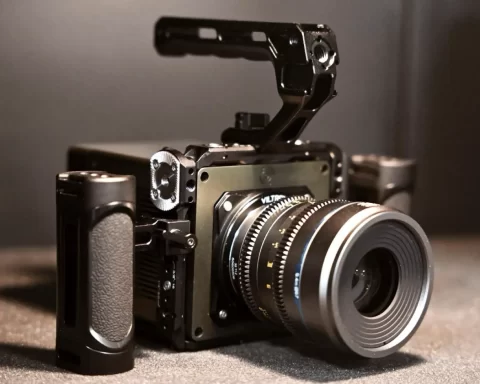

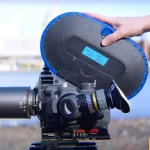
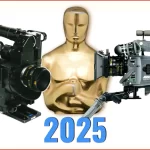
Let’s hope the movie will get a 4K DCP!
Don’t worry. There will be an IMAX version 🙂
You know that only laser IMAX project in 4K, right?